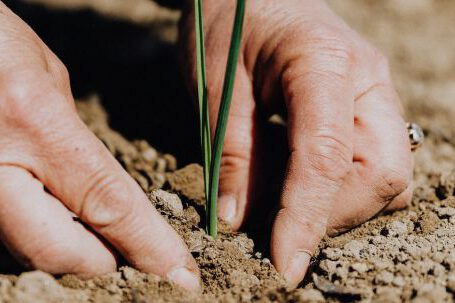Gardening can be a rewarding and fulfilling hobby. Whether you’re a seasoned green thumb or a novice, choosing the right location for your garden is crucial for successful plant growth. The location of your garden can significantly impact the health and productivity of your plants. Here are some essential factors to consider when selecting the perfect spot for your garden:
Sunlight: The Key to Healthy Plants
One of the most critical factors to consider when choosing a location for your garden is sunlight. Most plants need at least six hours of direct sunlight each day to thrive. Observe your yard throughout the day to identify areas that receive the most sunlight. Keep in mind that the sun’s position changes with the seasons, so a spot that is sunny in the summer may be shaded in the winter. Choose a location that offers the maximum amount of sunlight for optimal plant growth.
Soil Quality: The Foundation of a Flourishing Garden
Another crucial aspect to consider is the quality of the soil in your chosen location. Different plants have different soil requirements, so it’s essential to understand the composition of your soil. Conduct a soil test to determine its pH level and nutrient content. This will help you identify any deficiencies or imbalances that need to be addressed. Additionally, consider the texture and drainage of the soil. Sandy soil drains quickly, while clay soil retains water. Ideally, you want a loamy soil that is well-drained and nutrient-rich to support healthy plant growth.
Proximity to Water: Keeping Your Plants Hydrated
Water is vital for the survival of your plants, so it’s crucial to choose a location that is easily accessible to a water source. Consider the proximity of your garden to a hose or irrigation system. If your chosen spot is far from a water source, you may need to invest in a long hose or consider installing a drip irrigation system. Additionally, be mindful of any natural drainage patterns in your yard. Avoid areas that are prone to flooding or have poor drainage, as excessive water can lead to root rot and other issues.
Shelter and Protection: Shielding Your Plants from the Elements
The location of your garden can also impact its exposure to the elements. Strong winds can damage delicate plants, while extreme heat or cold can stress or kill them. Consider the natural shelter provided by existing structures such as fences, walls, or trees. These can act as windbreaks and offer protection from harsh weather conditions. If your chosen location lacks natural shelter, you may need to consider installing a trellis or erecting a temporary wind barrier to shield your plants.
Accessibility and Aesthetics: Making Gardening a Pleasurable Experience
Lastly, consider the accessibility and aesthetics of your chosen location. A garden that is easily accessible will make maintenance tasks such as watering, weeding, and harvesting more convenient. Ensure there is enough space for you to move around comfortably and tend to your plants. Additionally, think about the overall appearance of your garden. Choose a location that complements the existing landscape and enhances the visual appeal of your outdoor space.
In conclusion, choosing the right location for your garden is crucial for the health and productivity of your plants. Consider factors such as sunlight, soil quality, proximity to water, shelter, and protection, as well as accessibility and aesthetics. By taking these factors into account, you can create an ideal environment for your plants to flourish and enjoy a bountiful and beautiful garden. Happy gardening!





